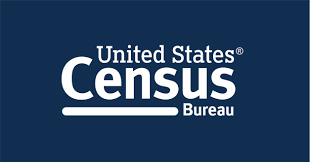by Mike Knaak
news@thenewsleaders.com
St. Joseph’s population grew by 7.5 percent during the last decade, according to data from the 2020 Census released Aug 12.
St. Joseph has 7,029 people as of April 1, 2020, up from 6,534 in 2010. More detailed results, including statistics on age, sex, race and ethnicity, will be released by Sept. 30.
Census data will be used to redraw local, state and national political boundaries, including the state legislature and U.S. House of Representatives districts.
The data was collected during the spring and summer of 2020 as the Covid-19 pandemic surged and officials worried those conditions would affect participation and accuracy of the results. Minnesota led the nation with a self-response rate, meaning no Census worker would have to visit the residence, of 75.1 percent. In St. Joseph, 76.2 percent of people self-reported by mail or online.
Minnesota’s population grew just enough to keep all eight of its congressional districts. Had the census counted 89 more New Yorkers, or just 26 fewer Minnesotans, Minnesota would have lost a seat to New York. Congressional district boundaries will need to be redrawn to balance districts that added people with those with fewer people. The 6th District added more than 20,600 people since 2010, which means it will need to shrink geographically.
The same balancing will need to take place in the state House and Senate. District 13A, represented by Lisa Demuth, lost population compared with the target size for a House district. With 83,815 people, Senate District 13, represented by Jeff Howe, has fewer people than the target size. That means those district boundaries will need to change, perhaps including people from metro St. Cloud areas that had added people, such as St. Augusta, or from District 13B, which grew. Demuth’s district, 13A, has 39,748 residents, compared with District 13B, represented by Tim O’Driscoll, which has 44,067 people.
Stearns County’s population increased by 5.1 percent to 158,292. Minnesota’s population increased to 5,706,494 people, a change of 7.6 percent. Most of the growth took place in the Twin Cities metro area.




